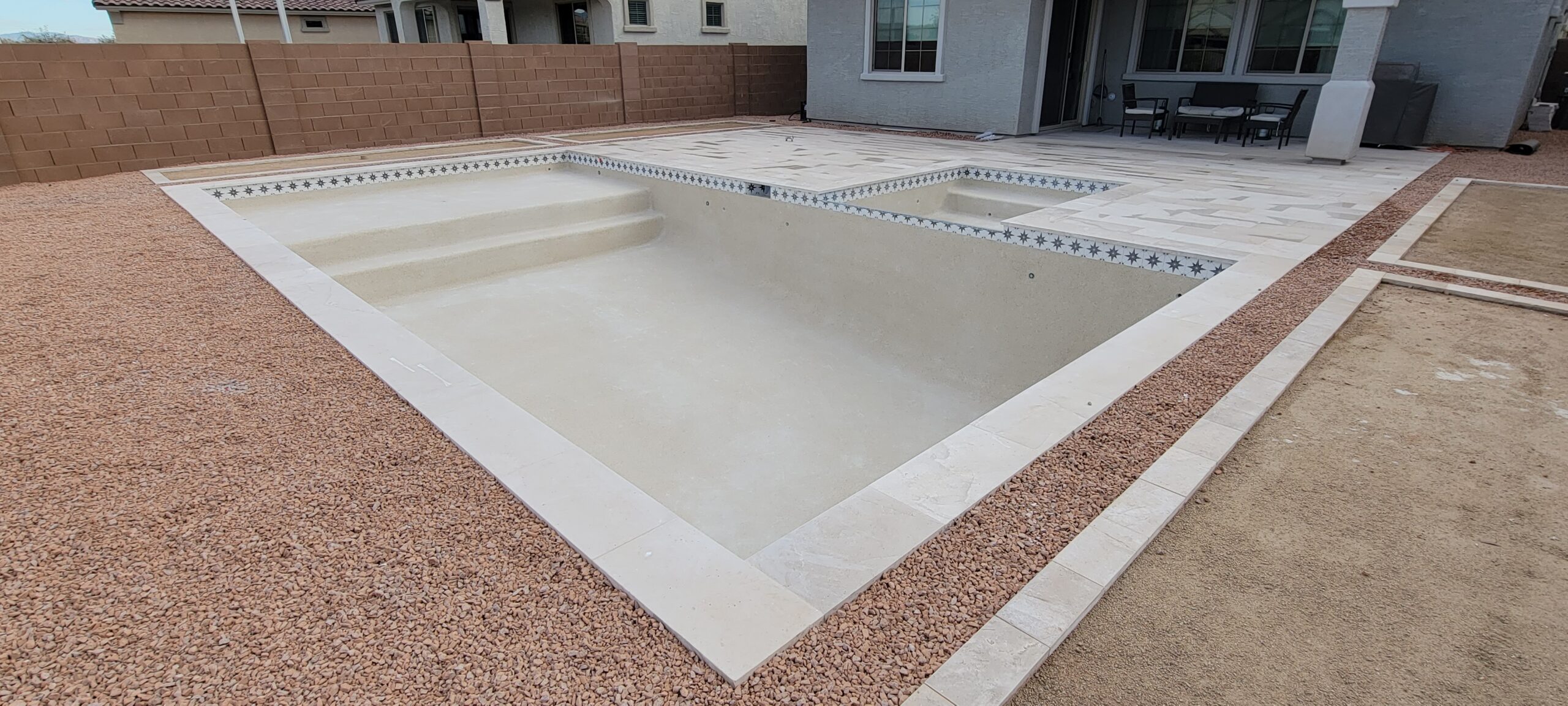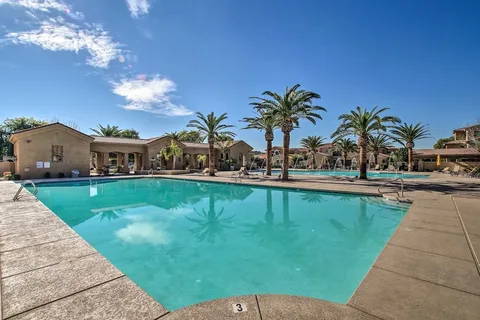Whether you operate a resort, gym, school, or multifamily community, your pool is a valuable asset — one that directly impacts your brand reputation and guest experience. That’s why professional commercial inground pool installations, reliable maintenance, and timely repairs are essential.
In this comprehensive guide, we cover the full lifecycle of a commercial pool — from initial build-out to day-to-day upkeep and critical repairs. If you’re located in Mesa or a surrounding area, this breakdown will help you understand how to protect your investment and provide a safe, high-performance aquatic space.
Why You Need Professional Commercial Inground Pool Installations
Unlike residential pools, commercial pools must meet rigorous standards, including ADA accessibility, public safety codes, and health department regulations. Working with qualified contractors ensures:
- Proper structural engineering and layout
- Commercial-grade materials and equipment
- Drainage, plumbing, and electrical systems designed for heavy usage
- Compliance with Mesa building codes and zoning laws
By choosing expert-led commercial inground pool installations, you ensure the job is done right from day one.
Step-by-Step Installation Process for Commercial Pools
1. Site Analysis and Pre-Design Planning
Before drawings are made, your property is reviewed for:
-
- Site slope, soil conditions, and access
- Utility lines and easements
- Sun orientation and wind exposure
- Zoning regulations and permit feasibility
2. Custom Design and Engineering
Based on your needs (lap lanes, wading areas, infinity edge, ADA access), designers and engineers create a detailed plan. This includes:
- Pool size, depth, and shape
- Entry points, safety railings, and ladders
- Deck materials and surrounding landscape
- Plumbing, lighting, and filtration plans
3. Excavation and Base Work
Using heavy machinery, the pool site is excavated, leveled, and prepped for construction. This phase includes:
- Soil compaction and gravel subgrade
- Drainage system layout
- Rebar or mesh steel framing for structural integrity
4. Shell Construction
Depending on the chosen material (concrete is most common), the shell is:
- Shotcreted or gunited into place
- Shaped and carved while wet for design features
- Cured for several days to ensure strength
5. Equipment Installation
Next, your pool’s “backbone” is added:
- Pumps, filters, chlorinators, and heaters
- Lighting, timers, and control panels
- Pressure testing of plumbing lines
6. Decking, Coping, and Finishing
Surfaces are added around the pool:
- Non-slip textured decks or pavers
- Custom coping, tile work, and waterline finishes
- Safety fencing and landscape integration
7. Water Balancing and Final Inspection
After curing, the pool is filled and balanced. A final walkthrough includes:
- System functionality test
- Health and safety inspection
- Owner training and handover
Long-Term Maintenance for Commercial Pools
Once built, your pool requires ongoing upkeep to stay safe, efficient, and compliant. Neglecting maintenance can result in health risks, closures, or costly damage.
Weekly Maintenance Tasks
- Water chemistry checks and adjustments
- Skimming, vacuuming, and brushing
- Filter backwashing and pump inspection
- Monitoring for algae, stains, or cloudy water
Monthly & Seasonal Tasks
- Inspect and service heaters, timers, and lights
- Drain and clean filter cartridges or grids
- Inspect expansion joints and grout
- Deep clean tile lines and degrease walls
Routine service keeps your commercial inground pool installations operating safely and efficiently throughout the year.
Common Commercial Pool Repairs and How to Spot Them
Even the best-built pools need repairs eventually — especially in high-traffic environments. Common signs include:
- Cracks in plaster or concrete
- Water loss not related to evaporation
- Malfunctioning pumps or noisy motors
- Uneven heating or poor circulation
- Worn tile, chipped coping, or loose rails
Addressing small issues quickly helps you avoid major expenses or safety violations.
Why Mesa Pools Require Local Expertise
Mesa’s extreme temperatures, high UV exposure, and water evaporation rates put added strain on commercial pools. Choosing a team familiar with Mesa’s climate ensures:
- UV-stable coatings and cool deck materials
- Efficient water management and automatic refill systems
- Proper insulation and shade structures
At Apricity Pools, we specialize in helping local businesses manage their pools with durability, compliance, and guest comfort in mind.
Why Partner With Apricity Pools?
Apricity Pools is Mesa’s trusted name in commercial inground pool installations, service, and repair. Our commercial clients count on us for:
- Custom solutions tailored to each facility
- Transparent timelines and clear communication
- Ongoing support after installation
- Responsive emergency repairs and seasonal maintenance
From hotels and HOAs to athletic clubs and municipalities, we help businesses build and maintain aquatic spaces they’re proud of.
Frequently Asked Questions
How long do commercial pool installations take?
Generally, it is 8–14 weeks, depending on scope, weather, and permit approvals.
How often should a commercial pool be serviced?
At least weekly, with monthly inspections and seasonal deep cleanings.
Can I resurface instead of rebuilding a worn pool?
Yes, resurfacing is a cost-effective way to restore a pool’s look and safety if the structure is still sound.
What are signs I need repair work?
Leaks, unusual noise from equipment, uneven heating, discolored water, or structural cracks.
Does Mesa require permits for commercial pool work?
Yes. All installations, major repairs, and some maintenance tasks require permits and inspections.






